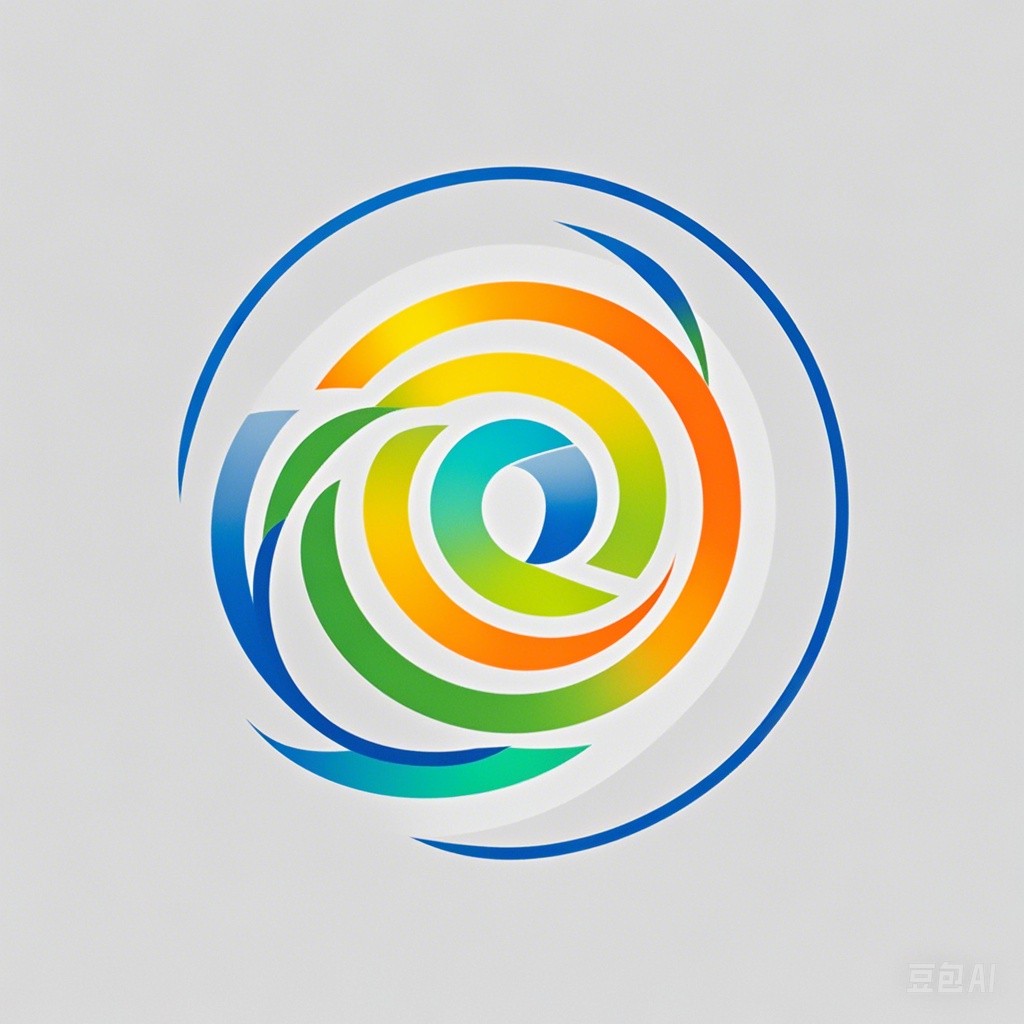Introduction
Innovation is the lifeblood of progress, and it manifests itself in countless ways across various industries. The product development landscape is no exception, where creativity and imagination are harnessed to unlock unconventional uses for products. This article delves into the world of innovative product applications, exploring how companies and individuals are redefining what is possible.
The Power of Innovation
1. Identifying Opportunities
The first step in harnessing the genius of innovation is to identify opportunities for unconventional uses. This often involves a deep understanding of the product’s core capabilities and the potential needs of various markets. Companies like Apple and Google have mastered this art, continuously pushing the boundaries of what their products can do.
2. Collaborative Thinking
Collaboration between different departments, industries, and even countries is crucial for fostering innovation. For example, NASA’s partnerships with private companies have led to the development of technology that has found its way into everyday products, such as memory foam and water-resistant clothing.
Unconventional Product Applications
1. Technology in Healthcare
Healthcare is a sector where unconventional product applications have saved lives and improved patient care. Wearable technology, originally designed for fitness tracking, has been adapted to monitor vital signs and detect diseases early. Additionally, 3D printing has revolutionized prosthetics, allowing for customized, affordable solutions for amputees.
# Example: Python code for generating a 3D model of a prosthetic limb
import numpy as np
from mpl_toolkits.mplot3d import Axes3D
import matplotlib.pyplot as plt
# Define the parameters for the prosthetic limb
radius = 5
height = 10
theta = np.linspace(0, 2 * np.pi, 100)
# Create the 3D model of the limb
x = radius * np.sin(theta)
y = radius * np.cos(theta)
z = np.zeros_like(x)
# Plot the 3D model
fig = plt.figure()
ax = fig.add_subplot(111, projection='3d')
ax.plot(x, y, z, 'r-')
ax.set_xlabel('X axis')
ax.set_ylabel('Y axis')
ax.set_zlabel('Z axis')
plt.show()
2. Environmental Applications
Innovation in product applications has also played a significant role in addressing environmental challenges. Solar panels, once considered a niche product, have been integrated into everyday items such as phone cases and backpacks. Similarly, recycled materials are now used in the production of furniture, clothing, and even building materials.
3. Education and Training
Educational institutions and corporate training programs have embraced unconventional product applications to create immersive learning experiences. Virtual reality (VR) headsets, originally designed for gaming, are now used to simulate real-life scenarios in medical training, architecture, and more.
Challenges and Considerations
While the potential of unconventional product applications is vast, there are several challenges and considerations to keep in mind:
- Regulatory Compliance: Ensuring that new applications meet regulatory standards is crucial, especially in industries like healthcare and environmental protection.
- Market Demand: It is essential to assess the market demand for new applications to ensure they are viable and will be adopted by consumers.
- Ethical Concerns: Some applications may raise ethical questions, particularly when it comes to privacy and data security.
Conclusion
The genius of innovation in product applications is a testament to human creativity and ingenuity. By exploring unconventional uses, companies and individuals are not only pushing the boundaries of what is possible but also addressing real-world challenges. As technology continues to evolve, the potential for groundbreaking product applications will only grow, unlocking new possibilities for the future.
